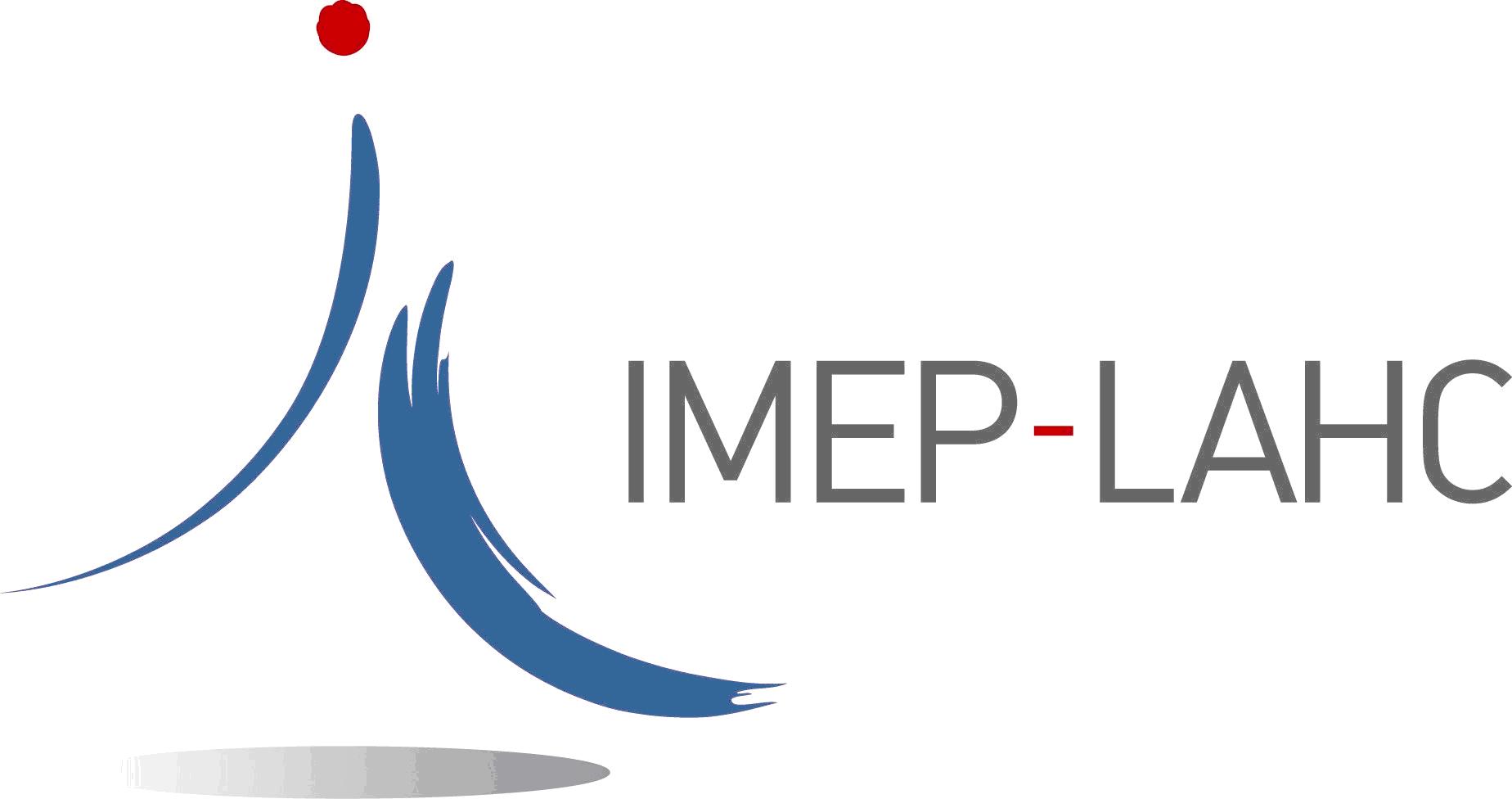Caractérisation de composants photoniques intégrés pour les télécommunications optiques
Publié le : 25 octobre 2023
 Stage Master 2
Stage Master 2
Caractérisation de composants photoniques intégrés pour les télécommunications optiques
Recent technological developments opened the way to exploitable systems operating at ultra-high frequencies (100GHz and above). Several applications such as next generation wireless communication systems, spectroscopes and Radars require continuous radio signals. Electrical sources, although having exceptional properties, struggle to access very high frequencies. Frequency generation by optical heterodyning is now a well-known strategy to access such frequency range.
Unfortunately, these optical systems usually rely on active control loops that either limit their maximum frequency or require complex operations in order to generate high quality signals.
Recent work in our laboratory demonstrates the capabilities to cover the entire millimetre waverange (30-300GHz) and beyond by using specific state-of-the-art laser sources. Thanks to several years of development, the ion exchange technology developed at the IMEP-LAHC laboratory makes it possible to produce integrated lasers on glass with outstanding spectral properties, compatible with such applications. We already successfully demonstrated their use in radio-over-fibre systems operating at 60 GHz according to international communication standards, and first test have been carried on up to 300GHz, including coherent optical communications.
One key component of the laser source is the optical cavity, realized by a Bragg grating encapsulating in an optical waveguide, the latest being manufactured in a glass substrate. As lasers are fabricated within our lab, we are willing to develop specific dedicated advanced characterizations. The intern will participate in setting-up experiments, and will characterize our optical gratings and also a reference fibre grating through optical and opto-RF measurement.
Based on the work of previous PhD students, we also have identified multiple ways to optimize the existing laser sources. The intern will work on developing a multiple Bragg engraving process. This process is a key step for our technology as it open the way to frequencies higher than 300GHz.
All the fabrication steps will be completed by advanced characterizations, optical or opto-RF, in order to evaluate the quality of the components.
Depending on the work realized, the intern may use and characterized the lasers in Gigabit transmission experiments.
During the internship, the work will include:
- Understanding theoretical aspects: optical filtering by Bragg gratings, laser signal dynamics
and properties, heterodyning optical signals and radiofrequency generation, noise transfer,
frequency noise and analysis. - Experimental realizations: operation of laser sources, basic and advanced optical characterizations, opto-RF measurements, high frequency electrical signals, Heterodyning experiment for radiofrequency generation and analysis, optical communication systems.
The intern will work in close collaboration with permanent researchers and collaborators. We are looking for candidates who are willing to develop both their experimental and theoretical skills in the previously mentioned fields. A PhD position will be proposed related to this project in the framework
of a collaborative project.
Applicants must send CV and motivations to the contacts indicated below. Interviews will be conducted to explain the project and assess whether both side will benefit from the collaboration.
Starting date: spring 2024
Contacts:
Julien POETTE, julien.poette@grenoble-inp.fr
Lionel BASTARD, lionel.bastard@grenoble-inp.fr



 Contactez-nous
Contactez-nous Plan d’accès
Plan d’accès









